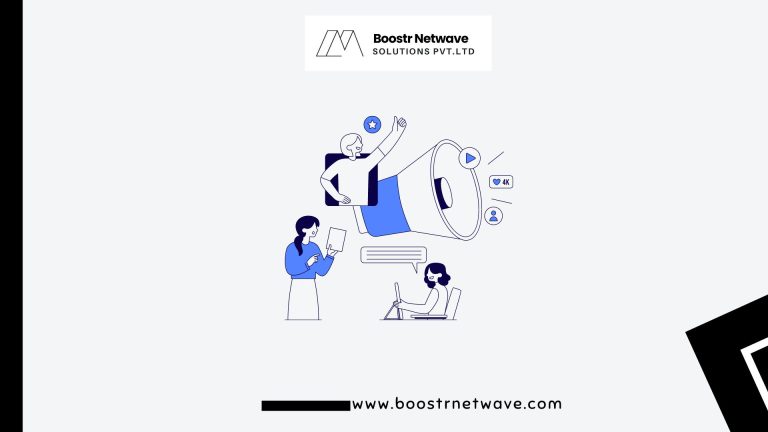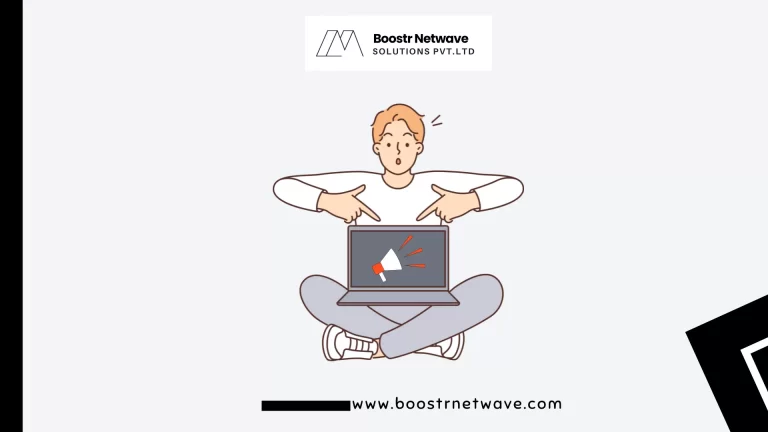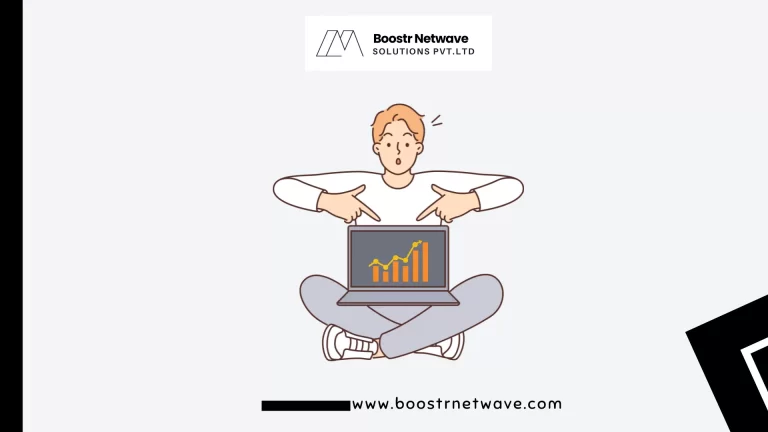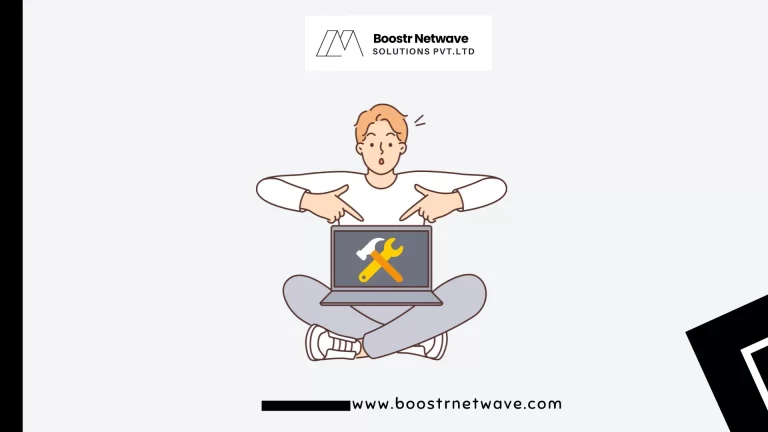Marketing channels are the tools and platforms you use to communicate with your target audience. In today’s digital media is a dominated world, when consumers turn to prosumers(an individual who both consumes and produces), marketing must use a multi-channel marketing strategy. This means that every conceivable marketing channel must work together to create a seamless experience.
1. Organic Search(SEO)
Organic searches are free to search results from search engines. This marketing channel attracts visitors whenever someone clicks on a link on a search engine results page (SERP) that points to your site.
The practise of optimizing a website or web page to increase the amount and quality of the traffic based on organic search engine (without paid promotions like PPC) results is called search engine optimization (SEO).
Works best when:
- There are search queries for topics related to your business.
- Treat SEO as a process. For best results, you should cover every step from keyword research to link building and technical SEO.
- You SEO will going systematically and consistently. The more you do, the more effective and easier the results will be.
Use:
- Organic Search is one of the top 3 customer acquisition channels. However, this channel is where our marketing team is most focused.
- Our example here is blogging. Create blog posts on popular topics that people search for on Google. A very simple strategy, but very effective. By supporting grocery content, you can make the most of your existing search as a channel.
- Publishing product content means that in addition to significant potential traffic, the topics we write should be able to advertise our products. The intersection of search demand and business value is the sweet spot. One of the great things about using content as a marketing tool is that it can be effective in influencing your marketing funnel. This means that one article can serve multiple purposes.
2. Video Marketing
This marketing channel allows content and advertising to be distributed in video format.
Works best when:
- I am designing the video with distribution in mind. You can set a topic based on Google and YouTube keyword research, or set aside a budget to promote it through paid traffic.
- Many retailers can recycle videos. This way, you can earn extra money by investing in making quality videos. It works in a different way. You can turn the content you create into a video.
- We have the experience and resources to create high-quality videos.
Use:
- YouTube channels are a core element of your content marketing strategy.
- However, a content marketing strategy cannot be completed without content diversion. We publish our videos in relevant places on our website. Our existing videos can be the perfect companion for blog posts that give the video a “different life” and additional views. In this way, you can not only increase your video views but also reach different target groups.
3. Social Media
Social media drives traffic to web pages and builds interactions with brands through social media platforms.
Social media isn’t just Facebook, Twitter, or LinkedIn. Only messaging apps like Discord, Slack, and Whatsapp are in the same channel category.
Works best when:
- Your target audience actually uses social media to engage with your brand.
- We have resources to help you constantly monitor social media platforms and create engaging content.
- You are willing to publicly receive (and process) negative reviews.
- You develop a coherent “voice” and “personality” by interacting with your audience.
Use:
- Social media offers a wide range of possibilities. Therefore, it is used for advertising purposes.
- Open self-promotion isn’t always welcome on social media, but sometimes it’s okay to do it. Also, if you have a cute offer like a premium free SEO tool, you can also pin a pin to promote it.
4. Digital Advertising
The basic concept of digital advertising is to reach a target audience on a website that offers advertising space.
Digital Ads come in a variety of shapes and sizes. Some online ads can instantly cover the entire viewing area. Others are more subtle nudges(difficult to detect or analyse) placed where they are needed most.
Works best when:
- You can run your campaign long enough to decide how to get the most out of your campaign.
- You are advertising to an audience who knows about your brand, or at least knows about the problem your company is solving.
- A robust attribution model is being developed.
- Your landing page matches what the ad promises.
- Your offer really suits your target audience. Some ads don’t work because of the way they’re created, some because the offers aren’t attractive.
Use:
Digital advertising powers traffic. PPC advertising allows us to connect with people we’ve never had contact with before, or create new touches with people who already know our brand. When you’re promoting a product yourself, you’re usually promoting a free tool. The less friction your landing page has, the more effective your campaign will be. Also, some users with free tools upgrade their plans to become paying customers.
5. Email Marketing
Email marketing can help you reach your prospect’s inbox with messages that encourage direct action or are aimed at building long-term brand relationships.
Works best when:
- Must follow a consistent schedule and not excessive.
- Your email is interesting and has unique value.
- Marketers practice email personalization based on behavioral data.
- Your email looks attractive. On the other hand, if you mostly provide educational content, it can be very simple.
- Measure results, iterate and adjust mailing lists.
Use:
- As you read this, there is a widget floating on the right that invites you to subscribe to our weekly updates (if you are using a mobile device, this widget is at the bottom of this post). This widget is the only way to collect emails for your newsletter. No pop-ups. No additional incentives.
- Trading is simple. If you like the content, you don’t need to have it delivered to your inbox every week to receive it. We maintain the simple form of the newsletter. It focuses on a selection of great articles read by Ahrefs’ articles and editors outside of our blog in any given week.
6. Sponsorship
Sponsorship as a marketing channel includes all potential customers who come to your business through brand exposure from sponsored content or events.
Works best when:
- In many cases, businesses choose to sponsor events that their target audience attends.
- It is used for two purposes: brand awareness and brand image (ie, gaining customer trust).
- Long term goals.
Use:
Mainly brand awareness. The purpose of sponsors to increase brand awareness is to “impress” the brand in the minds of listeners through positive relationships. Besides podcasts and videos, we often sponsor industry events like Brighton SEO where you can pick up our stolen goods. This is also reflected in brand awareness. You can also contribute to the SEO scene.
7. Live Chat (conversational marketing)
In general, live chat or interactive marketing facilitates direct communication with people who visit your website or social media platform.
Interactive Marketing lets you engage in conversations with potential customers instead of one-way broadcasts.
Works best when:
- You must call 24/7. Chatbots can make this possible or reduce the burden on your support team.
- The chatbots and tutorials are comprehensive and up to date.
- In addition to great chatbot communication, it gives you the opportunity to talk to real people.
- The content of the page where chat is set up is relevant to the questions you are most likely to receive. For example, if you offer a chat feature for your product, be prepared for customer support questions.
Use:
- Most of the questions you receive through the live chat channel are customer support questions. With complex products us, it is very difficult to develop an automatic chatbot response on a case-by-case basis. In conversational marketing, marketing meets customer service (and sales). It is not possible to predict what questions will be asked through this channel.
- For example, do you have a question about a large company custom plan for customer support? What about questions about “how product features can help you tackle technical SEO?” Is this marketing or customer support? Maybe both?
- Gartner looks right if you say that your customers are almost channel-independent when looking for information to get the job done.
8. Word of Mouth
Silent marketing is the process of influencing and encouraging natural discussion about a product, service, or company. In other words, you need to give people a reason to speak. The
WOM works because people tend to trust what others say about a company, product, or service.
Work best when:
- Amplify the WOM effect by sharing what people are saying about you, including reviews, ratings, testimonials, and more.
- It feels natural. You can give people a little nudge to share their experiences. But remember, people should talk about you because they want you, not because you pay them (exception: influencer marketing).
Use:
Last but not least, let’s talk about one of the top three marketing channels. WOM is the grand finale of omnichannel marketing strategy.
Does not actually create a WOM. Instead, we deserve it. Everything you do on all other channels is aimed at participating in the flywheel marketing model. Please let me explain. This is the concept Jeff Bezos came up with for Amazon and the same idea behind the flywheel of inbound marketing. The marketing flywheel idea is simple but original. Invest in self-reinforcing tactics.
Think about it. Social media followers create more followers. Creating a link to your content makes it easier to see. This will provide more links. After all, happy customers create more happy customers.
And this last part works great for us, and that’s what we aim for every day.
How can I get all this WOM in?
There are several contributors to this. But first and foremost, it’s the effect of having an amazing product. If you don’t meet this one requirement, the other isn’t worth the time.
Next, you need to place it in front of enough people to create an introductory “snowball”. You can also promote your website for reviews or offer products to early adopters for free. And every month, there are about 288,000 searches for the term “a hrefs” around the world. Repeat the CMO Tim Soulo. With good products, marketing can only focus on being a bridge of communication between customers and developers.
Conclusion
Whichever marketing channel you choose, treat it as part of a seamless multi-channel customer experience. As noted in the Gartner study, customers are in the channel diagnostics business. They look forward to helping you get the job done, no matter the channel.
Also, some marketers say that the more channels in the mix, the better. In this game, more is more. More channels mean more convenience for customers, more leads, and more ROI for your company (you can read more about this concept here). Don’t forget the flywheel effect. When used strategically, marketing channels are self-reinforcing.
But the point is not that the channel is doing something on its own. This is a positive experience shared by our customers. Positive experiences make happy customers, and happy customers make happy customers.




